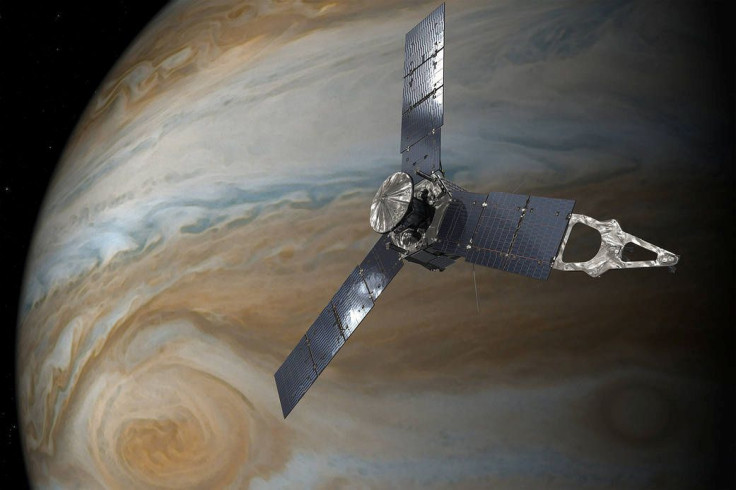Jupiter’s Great Red Spot vanishing; Transition may lead to important discoveries

Jupiter’s titanic hurricane, known as the Great Red Spot, has fascinated observers for long. Now, the first NASA images from the Juno spacecraft started surfacing online.
The spacecraft completed its historic fly-by only a few days ago. Juno flew within 9,000 kilometres of the jaw-dropping brick red cloud tops of the hurricane at a speed of 50 kilometres per second.
Jupiter has massive polar cyclones and aurora, and the storm has been raging for at least 200 years. It is the solar system’s biggest, and these images (more to be downloaded) will help in understanding the storm. The raging brick red cauldron of clouds is 16,000 kilometres wide.
More and more images will be downloaded chronologically as Juno approaches the planet. They will get more detailed and better. This is Juno’s sixth fly-by since the spacecraft entered into a lopsided orbit about a year ago. Astronomers are trying hard to find out how the gigantic planet and the solar system evolved. However, it is a tough job for Juno not only because of Jupiter’s dense cloud cover and hurricane but also because the planet has the most dangerous radiation belt in the solar system. It can destroy Juno’s electronics.
It has always eluded researchers what has kept the storm going for many years. They believe that the spinning hurricane has deep roots. It is possible that the hurricane is drawing energy from deep inside Jupiter.
Scientists started studying the Red Spot since the early 1800s. Some of the earliest views of Jupiter, seen through telescopes in the late 1600s, showed the Red Spot. Scientists today are almost certain it is the same hurricane. They will also be looking for lightning, seen elsewhere on Jupiter. This could mean the presence of water clouds.
“Of course, up until now, we've only had the ability to look at the top part of Jupiter. We just see this thin veneer, which is gorgeous — it has these beautiful zones and belts, and this great storm on it, and a bunch of cyclones — but the key is what's underneath,” principal investigator of Juno mission, Scott Bolton, from the Southwest Research Institute in Texas, told ABC.
The Great Red Spot has existed for hundreds of years. However, Bolton revealed that the spot is vanishing. It is getting smaller and changing shape. As regards to lightning, he said that the storm could be more ammonia than water.





















